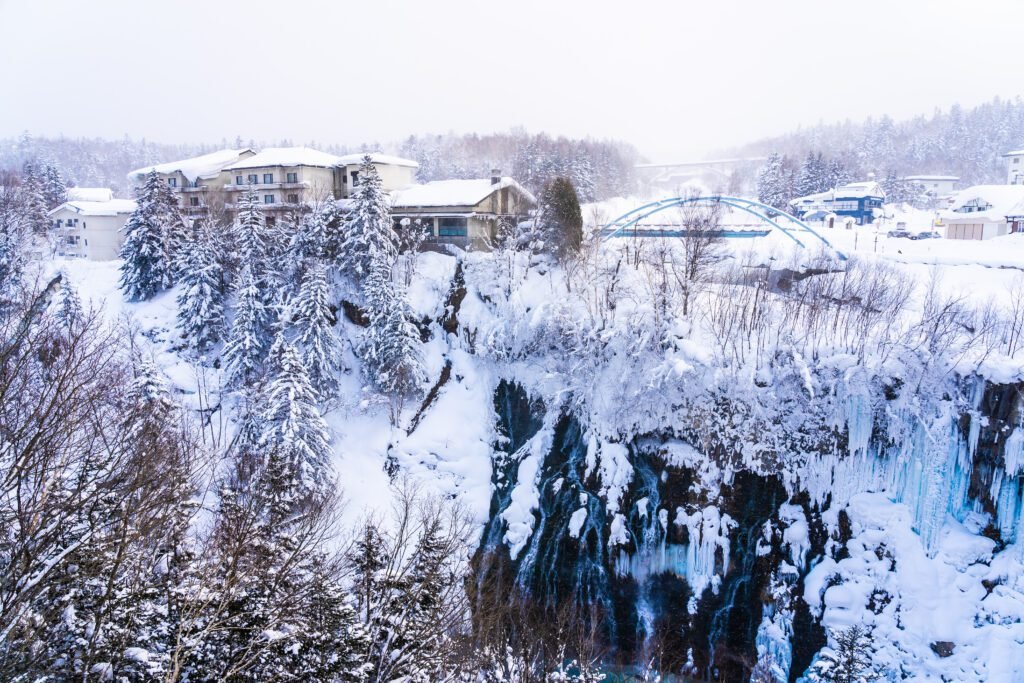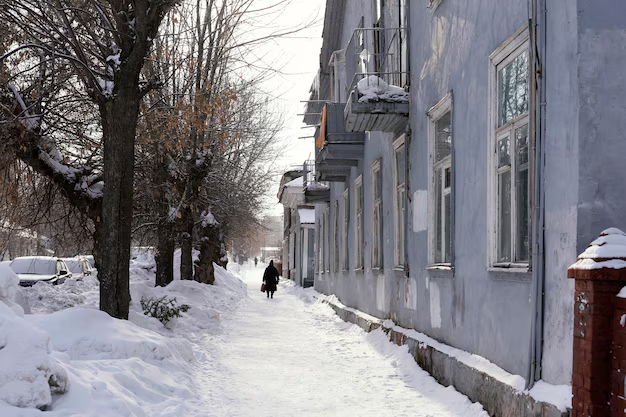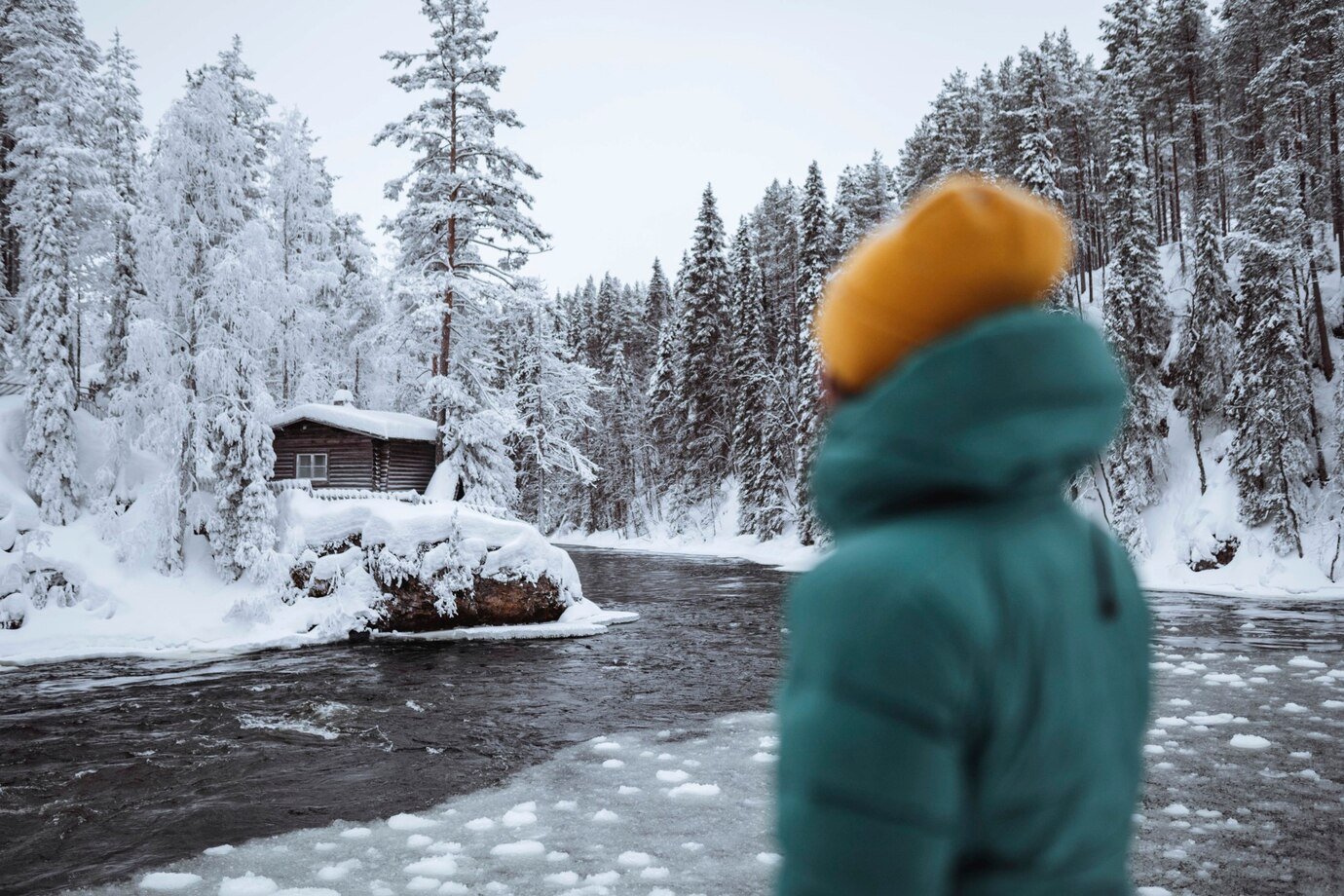Russia, the greatest country on earth, runs an enormous extent of conditions and scenes. From the gentle zones in the west to the cool tundra in the north, the restrictions of Russia’s geography are anyway unique as they appear to be overpowering. Among these cutoff points are the metropolitan networks that continue on through indisputably the most limit, coldest conditions on earth. These “frozen backwoods” are exhibitions of human strength as well as enthralling spots immersed with history, culture, and customary greatness. Here, we research the coldest metropolitan networks in Russia, where winter isn’t just a season anyway a way of life.
1. Yakutsk: The Coldest City on earth
Arranged in the center of Siberia, Yakutsk is extensively seen as the coldest city on earth. With a general population of more than 300,000 people, Yakutsk is the capital of the Sakha Republic, generally called Yakutia, a district prominent for its frigid climate. The city experiences long, fierce winters with temperatures regularly plunging under – 40°C (- 40°F). In January, the coldest month, temperatures can diminish as low as – 50°C (- 58°F).
Disregarding these silly conditions, Yakutsk is a clamoring metropolitan concentration with a rich history. Laid out in 1632 as a Cossack fortification, the city has formed into a middle for the mining industry, particularly for valuable stones, gold, and coal. The super infection has framed the way of life here, from the designing planned to persevere through the freezing temperatures to the regular fur clothing worn by its tenants.
One of the most outstanding pieces of life in Yakutsk is how the tenants have acclimated to their ongoing situation. The city is home to the Mammoth Exhibition, which houses a variety of particularly saved mammoth excess parts tracked down in the permafrost, offering a remarkable investigate the old past. Additionally, the Domain of Permafrost, an underground ice presentation lobby, licenses visitors to experience the permafrost firsthand.

2. Norilsk: The Cutting edge Goliath in the Virus Circle
Norilsk, one a greater amount of Russia’s coldest metropolitan networks, lies above and beyond the Frosty Circle in the Krasnoyarsk Krai district. It is potentially of the greatest city inside the Cold Circle, with a general population of around 180,000 people. Norilsk is scandalous for its super environment, with winter temperatures habitually plunging under – 30°C (- 22°F) and strong, chilly breezes making the infection altogether truly biting.
Norilsk is moreover known for its advanced significance. The city is a critical local area for nickel, copper, and palladium mining, contributing basically to Russia’s economy. Regardless, this cutting edge activity has incorporated a few significant detriments. Norilsk is maybe of the most dirtied city on earth, with serious air defilement affecting the sufficiency of its inhabitants and the overall environment.
Life in Norilsk is trying, due to the cold as well as because of the control. The city is far off by road, with the vitally trustworthy strategy for transportation being by means of air or through the Yenisei Stream during the short mid year months. Notwithstanding these challenges, people of Norilsk have built areas of strength for an area, with social establishments, for instance, the Norilsk Show Theater giving redirection and a sensation of consistency in a by and large unforgiving environment.

3. Vorkuta: The Virus Coal City
Vorkuta, arranged in the Komi Republic, is one a greater amount of Russia’s coldest metropolitan regions, organized just north of the Frosty Circle. Laid out as a Gulag work camp during the 1930s, Vorkuta formed into a basic coal-mining center during the Soviet time frame. The city experiences unquestionably crisp winters, with temperatures much of the time plunging under – 30°C (- 22°F), and a polar climate depicted by extended, dull winters and short, cool summers.
The verifiable scenery of Vorkuta is eagerly appended to its coal industry, which once made it one of the Soviet Affiliation’s key mining networks. In any case, with the destruction of the coal business in the post-Soviet time, Vorkuta has faced basic financial hardships. An impressive parcel of its mines have closed, provoking a general population decline as people have moved away searching for better entryways.
No matter what these troubles, Vorkuta stays a city with a rich social inheritance. The city’s arrangement of encounters as a Gulag site is recalled in its show corridors and tourist spots, filling in as an indication of the unforgiving genuine elements of Soviet-time imperative. The nearby Vorkuta Mountain offers stunning points of view on the Cool scene, and the yearly Vorkuta Days festivity lauds the city’s intriguing society and history.
4. Omsk: The Entryway to Siberia
Omsk, maybe of the greatest city in Siberia, is moreover potentially of Russia’s coldest city, but it is more smoking than various metropolitan networks on this summary. Arranged in southwestern Siberia, Omsk experiences long, cool winters with temperatures that can drop as low as – 30°C (- 22°F). The city’s current circumstance is depicted by enormous temperature assortments, with warm summers and cold winters.
Laid out in 1716 as a post, Omsk has formed into a huge social and money related center in Siberia. The city is known for its beautiful designing, including the Doubt Place of supplication, a stunning representation of Russian Regular plan, and the Omsk Post, which follows as far as possible back to the city’s laying out.
Omsk’s region on the Irtysh Stream has made it a huge transportation place point, interacting Siberia with the rest of Russia. The city’s social scene is dynamic, with different theaters, authentic focuses, and presentations showing Siberian craftsmanship and history. Omsk’s infection winters are a describing part of life in the city, with winter sports, for instance, ice skating and skiing being well known redirections.
5. Novosibirsk: Siberia’s Greatest City
Novosibirsk, the greatest city in Siberia and the third-greatest in Russia, is another city known for its infection winters. While it isn’t the case cold as Yakutsk or Norilsk, Novosibirsk really experiences ruthless winters with temperatures every now and again plunging under – 20°C (- 4°F). The city’s current circumstance is depicted by crisp, cold winters and warm summers, with basic intermittent assortments.
Laid out in 1893 as a stop on the Trans-Siberian Rail course, Novosibirsk has formed into a huge social and money related center in Siberia. The city is home to different schools, research associations, and social foundations, securing it the sobriquet “The Chicago of Siberia.”
Novosibirsk’s infection winters are a period for the city to embrace winter sports and outside works out. The city is home to a couple of ice skating fields and ski resorts, where occupants and visitors can participate in the colder season environment. The Novosibirsk Zoo, one of the greatest in Russia, is a renowned goal even in the colder season, with various animals changed in accordance with the crisp climate.
6. Magadan: The Far East’s Frozen Wild
Magadan, arranged in the Russian Far East, is another city known for its infection winters. Organized on the Expanse of Okhotsk, Magadan experiences a subarctic climate with long, horrible winters and short, cool summers. Winter temperatures in Magadan can drop as low as – 30°C (- 22°F), with strong breezes and significant snowfall adding to the city’s troublesome climate.
Laid out in 1930 as a port and supply place for the Kolyma district’s Gulag work camps, Magadan has a bunch of encounters eagerly joined to the Soviet Affiliation’s extreme procedures. Today, the city is a neighborhood administrative concentration and a middle point for the fishing and mining endeavors.
No matter what its brutal climate, Magadan is a city with a surprising social inheritance. The Cloak of Trouble, an immense milestone sitting over the city, perceives the losses from the Kolyma Gulag camps, filling in as areas of strength for an of the region’s shocking past. The city is similarly home to the Magadan Regional Authentic focus, which offers pieces of information into the arrangement of encounters and culture of the Russian Far East.
FAQs
FAQ 1: What is the coldest city in Russia?
Answer: The coldest city in Russia, and for certain the world, is Yakutsk, arranged in the Sakha Republic (Yakutia). Temperatures in Yakutsk can drop as low as – 50°C (- 58°F) all through the chilly climate months, making it the most freezing had city on the planet.
FAQ 2: How truth be told do people in Russia’s coldest metropolitan networks adjust to unbelievable temperatures?
Answer: Tenants of Russia’s coldest metropolitan networks adjust to incredible temperatures through various changes, including explicit dress delivered utilizing fur, safeguarded dwelling planned to hold heat, and a social complement on winter works out. Metropolitan people group like Yakutsk furthermore have intriguing establishment, similar to underground pipelines, to prevent freezing.
FAQ 3: What are a part of the key endeavors in Russia’s coldest metropolitan networks?
Answer: Huge quantities of Russia’s coldest metropolitan networks, as Norilsk and Vorkuta, are present day habitats. Norilsk is known for its basic nickel, copper, and palladium mining errands, while Vorkuta was by and large a critical coal-mining center. These undertakings are vital for the local economies, notwithstanding the unforgiving climatic conditions.
FAQ 4: Are there any places to get-away in Russia’s coldest metropolitan networks?
Answer: Without a doubt, no matter what the cool, Russia’s coldest metropolitan networks offer unprecedented holiday destinations. In Yakutsk, visitors can research the Mammoth Show corridor, which grandstands overall around shielded mammoth excess parts, and the Domain of Permafrost, an underground ice display. Norilsk and Magadan have obvious objections associated with their advanced and Gulag pasts, as well as customary greatness like the enveloping tundra and Cold scenes.
Conclusion: Overcoming the Coldest Puts on earth
The metropolitan networks of Russia’s frozen backcountry are something past cool; they are places where human flexibility and cleverness have removed enthusiastic organizations in without a doubt the most severe circumstances on earth. From Yakutsk’s permafrost-bound streets to Norilsk’s advanced scenes, these metropolitan networks offer an exceptional investigate life at the edge of human tirelessness.
While the infection describes these metropolitan regions, it isn’t their primary brand name. All of these metropolitan networks has a rich history, an obvious culture, and a neighborhood has sorted out some way to thrive despite ludicrous incident. For individuals who are hypnotized by the restrictions of climate and the adaptability of the human spirit, these coldest metropolitan networks in Russia are spots of ceaseless interest and inspiration.
As a general rule as far as we might be concerned where ecological change is logically a subject of concern, these metropolitan networks moreover go about as a reminder of the troubles introduced by ridiculous environment. As the planet warms, the destiny of these frozen unsettled areas will be framed by changes that are anyway whimsical as they appear to be undeniable. However, until additional notification, they stay as they have everlastingly been: likely the coldest, most testing puts on earth, and an exhibit of the enduring through strength of individuals who call them home.

